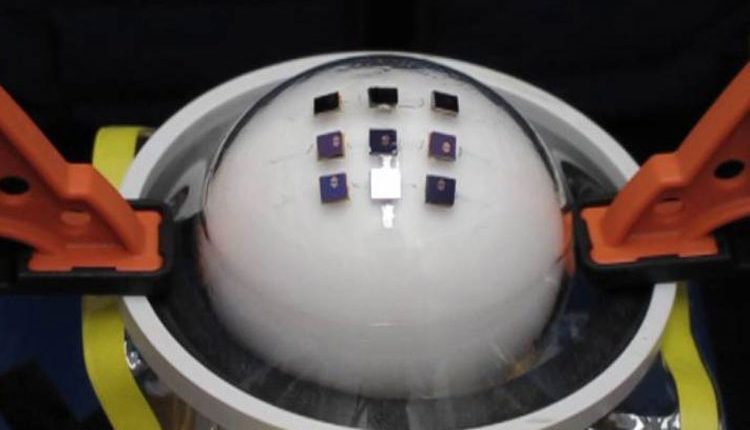A type of brittle plastic, has been modified by a research team from Stanford University, chemically improving its plasticity slightly to make it as bendable as a rubber band, while enhancing its electrical conductivity slightly.
The result of the research came out to be a flexible electrode compatible with human’s supple and sensitive nerves.
Zhenan Bao, a professor of chemical engineering with the US University in Northern California said that, “This flexible electrode opens up many new, exciting possibilities down the road for brain interfaces and other implantable electronics. Here, we have a new material with uncompromised electrical performance and high stretch ability.”
The brain is soft and electronics are stiff, which makes the task of combining the two quite challenging, such as when neuroscientists graft electrodes to measure brain activity and perhaps send tiny jolts of electricity for pain relief or other purposes.
For more than ten years, Bao’s lab has been functioning to make electronics soft and flexible so that they sense and operate almost like a second skin.
Electrodes are essential to electronics. Conducting electricity, these wires carry forth and back the signals that allow various components within a device to work together.
Along the way, the team is progressing to focus on making brittle plastics that can conduct electricity more elastic. The material they have now is still a laboratory prototype, but the team hopes to develop it as part of their long-term focus on crafting flexible materials that interface easily with the human body.
Inside a human brain, special thread-like fibers called axons play a very similar role. They transmit electric impulses between neurons. The existing generation of electronic implants can’t contract and relax with the brain and make it complicated to maintain a good connection.
“One thing about the human brain that a lot of people don’t know is that it changes volume throughout the day. It swells and deswells,” postdoctoral research fellow Yue Wang, the first author on the paper, stated this statement. “If we have an electrode with a similar softness as the brain, it will form a better interface.”
Intended to make a more continuous connection between the stiff world of microelectronics and the flexible organic electrodes in human bodies, Bao’s stretchable plastic started with two essential abilities: high conductivity and biocompatibility, which implies that it could be safely brought into contact with the human body.


Comments are closed, but trackbacks and pingbacks are open.